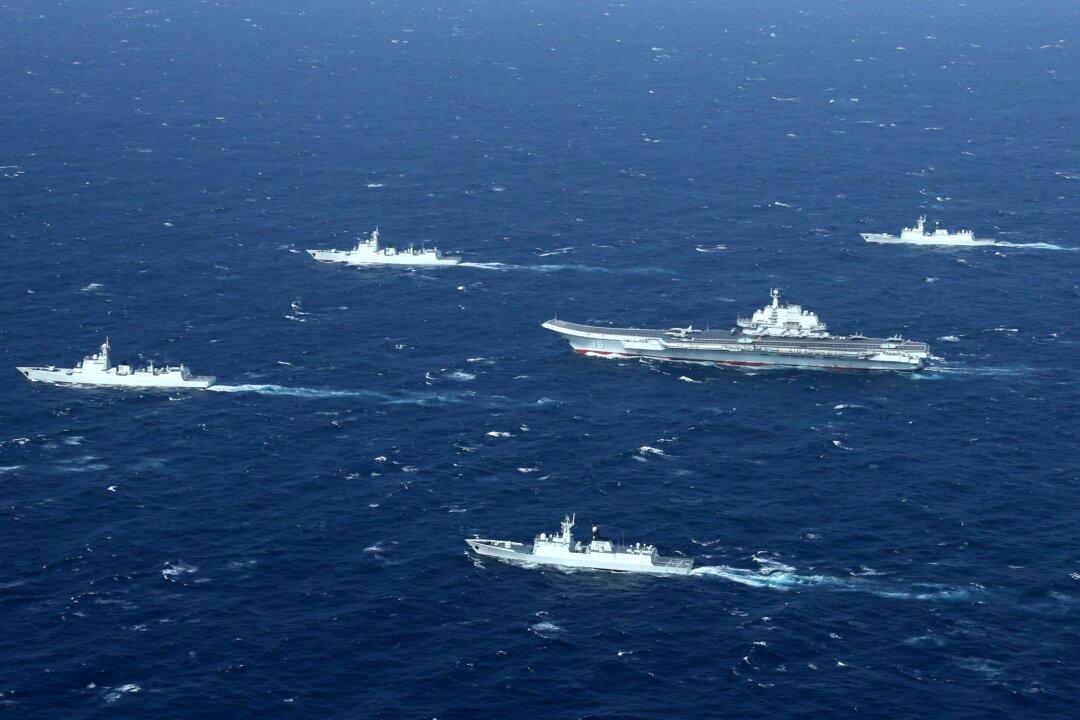Commentary
As has been noted by many observers, the economic, financial, ethnic, and civil unrest challenges that China faces are serious and growing. How will Beijing handle these internal challenges?

As has been noted by many observers, the economic, financial, ethnic, and civil unrest challenges that China faces are serious and growing. How will Beijing handle these internal challenges?